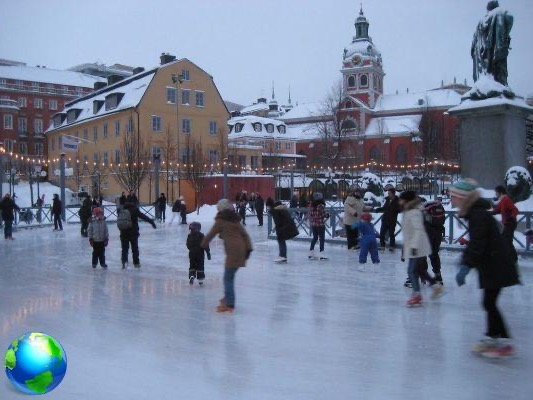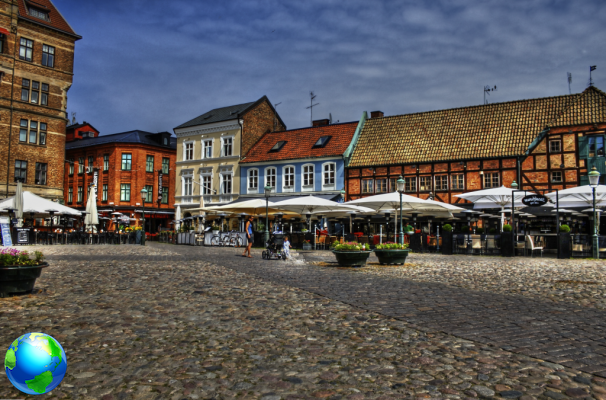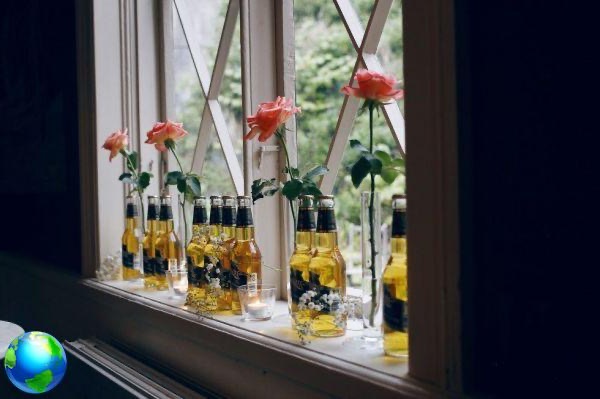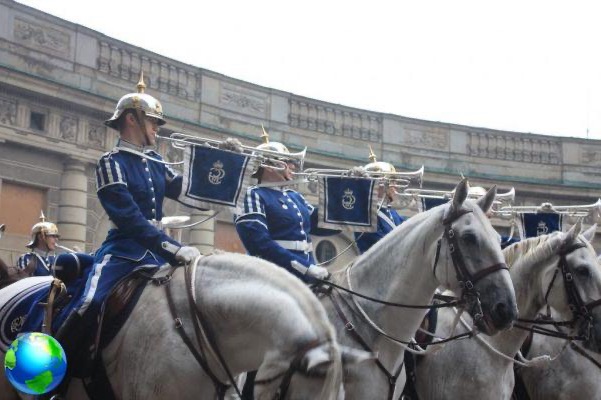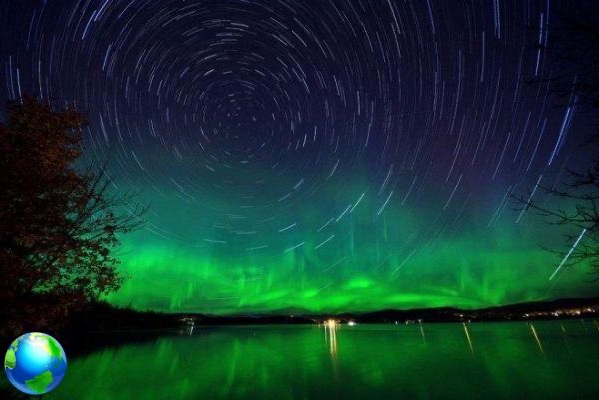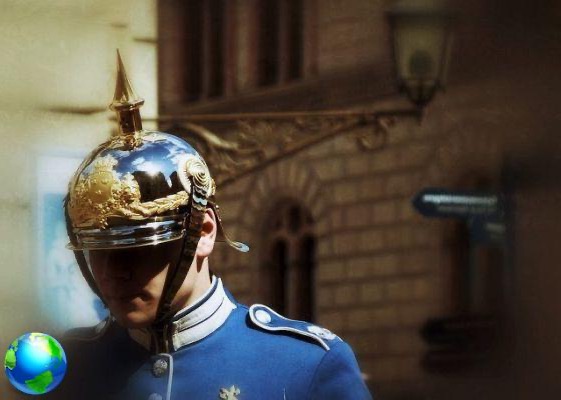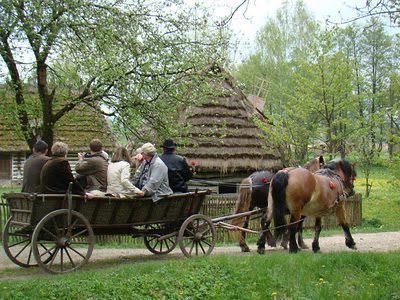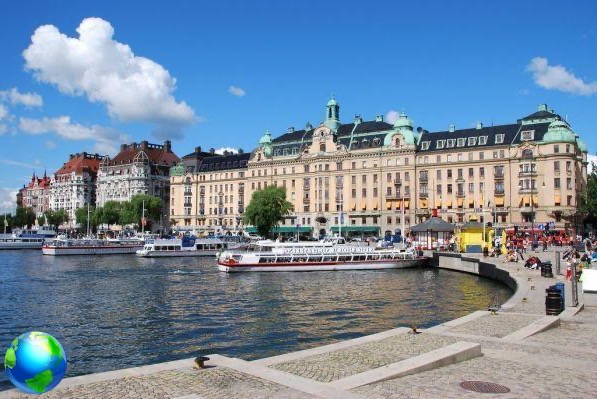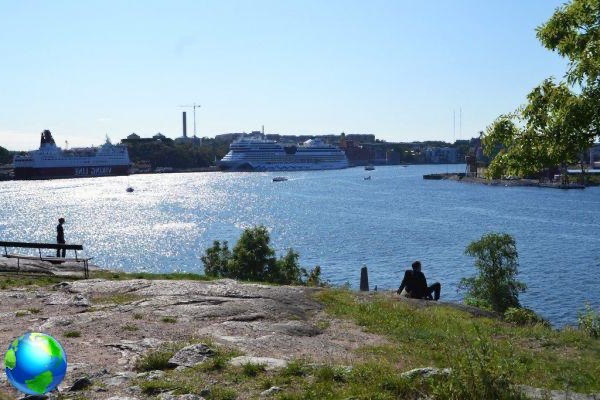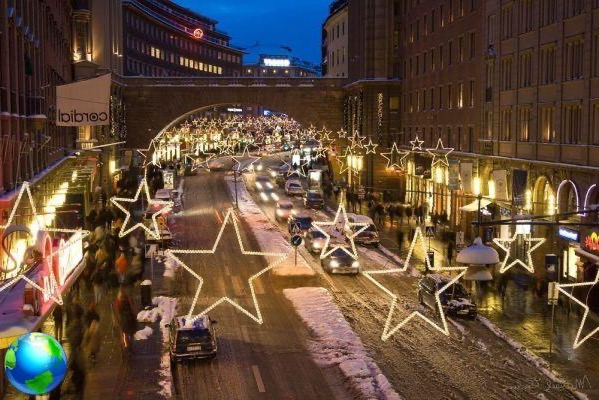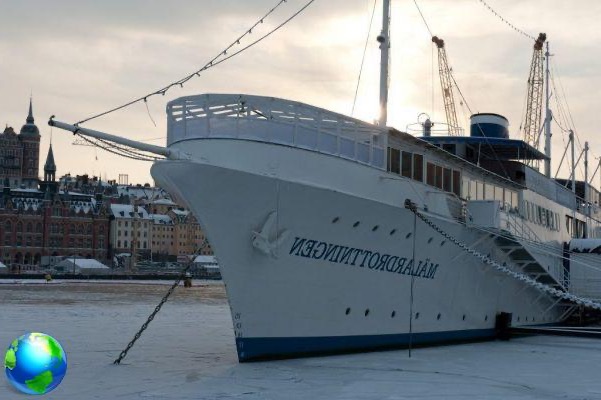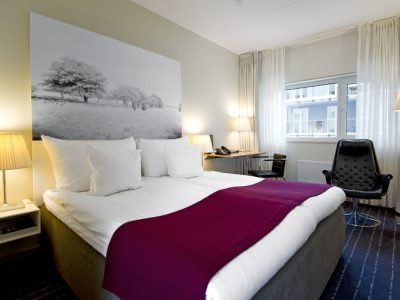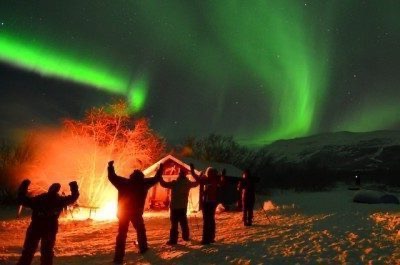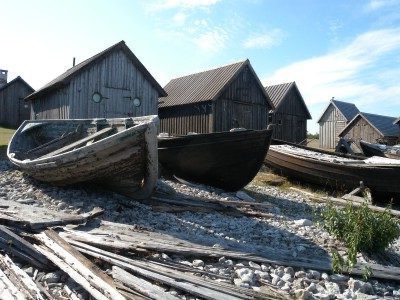Swedish Lapland and the Sami, the semi-nomadic population living in these areas. Here's what they eat and how they can meet to learn about their culinary traditions.
As a child I thought the Lapland it was an invented name for a fictional country: I imagined a sort of island-that-never-exists, where Santa Claus, his helpers and his reindeer lived. Growing up, I discovered that Lapland exists, and that there are many reindeer. What I have learned most recently is that it is one Scandinavian region which stretches across four countries: Norway, Sweden, Finland and Russia. With this post I will take you to explore the Swedish Lapland.
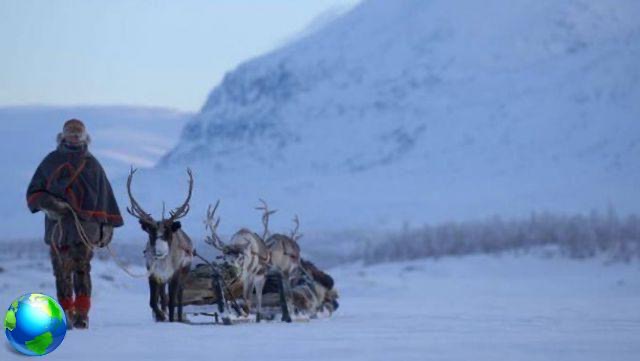
Hemavan, a village in Swedish Lapland
My journey takes me to Hemavan. A remote village in the heart of Swedish Lapland. As the people who accompany me during my adventure point out to me, the correct name of this immense and uncontaminated territory is Sápmi, while its inhabitants are called Sámi.
They are universally known as Lapps, but in Scandinavia the word laps actually means "rags". Therefore, the inhabitants of the region were considered beggars. This is because traditionally the Sámi are one semi-nomadic population dedicated to reindeer breeding. And it is to learn more about the reindeer meat and on the gastronomic traditions of Sápmi that I leave at dawn from Arlanda airport aboard a twin-engine propeller bound for the far north of the country.


How to organize a trip to Lapland
Organizing a trip to Lapland is not easy: I leave from Linate with a direct flight to Stockholm-Arlanda by Scandinavian Airlines. Arrival in the early afternoon: too late for the connection between Arlanda and Hemavan, which operates only one direct flight in the morning. So I spend the night in a hotel not far from the airport, the Tre Rosor Pensionat: an unpretentious hotel, with not too high rates and a good location near the airport. The next morning I board the twin-engine Next Jet and, after a couple of hours, I land in Hemevan.
The meeting with the guide
Here, on the strip of asphalt in the middle of nowhere, Johán is waiting for me, who will guide me in the coming days. He accompanies me to Hemavans Högfjällshotell. The room is decidedly minimal: a single bed, a chair and a bathroom without even a shelf. Time to put on a pair of trainers and a thermal shirt and I'm ready to go.


Swedish Lapland: who are the Sámi
We are headed to an even more remote place, where I will meet the Sámi in theirs camp. Johán, my guide, is part of the Sámi Parliament, which represents 80.000 Lapps. During the cold season they spend time in cottages in the mountains and forests, while during the summer months they live in tents to follow the reindeer migrations. We drive through utter desolation as Johán tells me about an important battle won by the Sámi. For years, territories have been contended with landowners. The latter tried to prevent the passage of shepherds and their reindeer, but the supreme court proved the Sámi right, granting them the exclusive right to land.
The Sámi have their own language, a parliament, a flag and their own gastronomic traditions very specific, different from those of the countries on which Lapland extends. Some traits are common, but some characteristics are typical of this nomadic population. Surely the beauty of the landscape and nature in which the Sámi live is something I have never seen before. The snow-covered mountains, the pale gray sky and the tents of the natives.
The Sámi are waiting for us: women, men and children in traditional clothes in the colors blue, yellow, red and green, the same as the flag, formed by a red circle that symbolizes the sun on a blue background.
The welcome of the Sámi
I am invited to enter the lavvu, the tent larger than the camp. They let me sit on the reindeer skins placed on the ground, around a stove where the women have put a steaming liquid to heat. They whisper the name of the camp, almost as if it were a secret, and explain to me how their life revolves around reindeer. They follow them in every season, up to the top of the mountains and through the forests. Meanwhile, one is served beverage with a color similar to coffee and an indefinable taste: it is strong and bitter, and is produced by boiling a dozen wild herbs. It goes well with a dessert based on rhubarb which I barely have time to taste because it's time to leave. The Sámi will show me how to get some of the essential ingredients of their cuisine.

We walk along a stream, following a narrow, almost invisible path. While I struggle on, trying not to trip over stones and roots, the natives are agile. Who reaches out to pick up thesorrel, rich in vitamin C. Who tears a few blueberry flower to eat freshly picked; who is in charge of procuring theangelica, whose stems are candied.
The encounter with the reindeer
After half an hour of walking we reach a second clearing, where I finally see them: reindeer they are in front of me. Majestic, with their heavy horns and their melancholy eyes. They are not frightened by my presence, to the point that I manage to approach and stroke their horns covered with soft fur.
An elder explains to me that the meat of reindeer is one of the purest and most valuable: it is rich in vitamins, minerals and omega 3. Furthermore, the animals live in an uncontaminated environment feeding on grass, lichens and bark. The meat is eaten fresh, salted, or smoked, but the most traditional preparation is the suovas. Which is obtained by salting the meat and making it smoke over direct fire, in a tent. The suovas is then cut into slices and served with mushrooms or berries.


What do the Sámi eat
When we return to the clearing, in the luvva a grass based on suovas. It is presented exactly as the Sámi consume it during their migrations: thinly sliced, almost dried. It smells of wood smoke and is eaten with your hands, sitting on the ground around the stove where the unleavened bread has been put to heat. All this is accompanied by the cloudberry sauce. It is a berry similar to raspberry but with a pale yellow color, which grows in the tundra of the subpolar regions.
A unique evening
Meanwhile it is evening: the sky has taken on a strange white-gray color, and the temperature has dropped. There is the smell of snow in the air: I would not be surprised to see the first white flakes twirling outside the luvva. The reindeer skins and the fire from the stove warm us, but the drafts of cold air still enter between the cracks in the tent. The Sámi take care of warming the atmosphere, singing a joik, a traditional song that is a cross between a pagan prayer and a poem. According to an ancient indigenous legend, it was the fairies and elves of the arctic forests who taught the Sámi joik.
Another cup of infusion of wild herbs and it's time to leave, before it gets dark: I'm sorry, because I would still like to spend some time in this out-of-this-world place, among reindeer, fairies and elves.




